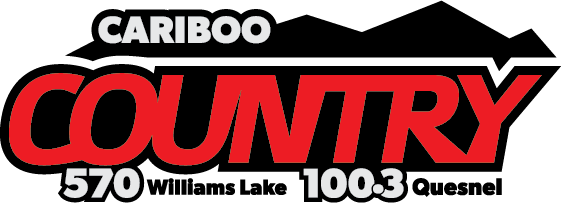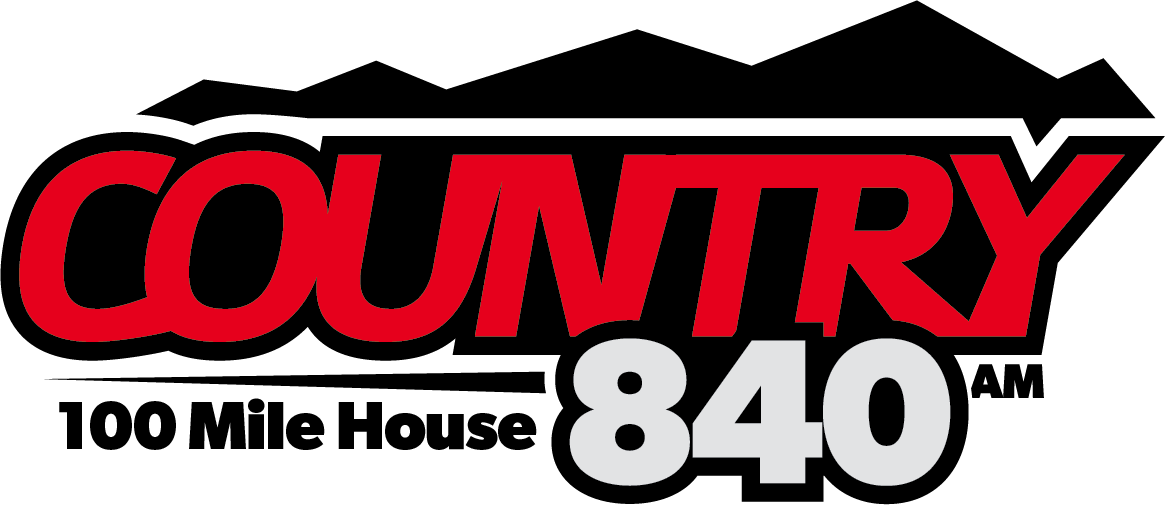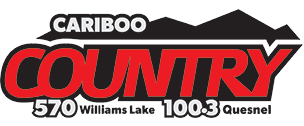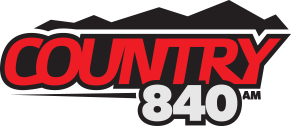 As of 3 PM today, Cache Creek residents will be able to return home. The Ministry of Transportation asks that these evacuees and those who will eventually be cleared to go home, follow their directions, road closures, signage, and avoid shortcuts.
As of 3 PM today, Cache Creek residents will be able to return home. The Ministry of Transportation asks that these evacuees and those who will eventually be cleared to go home, follow their directions, road closures, signage, and avoid shortcuts.
Re-entering your home
As you arrive, it’s important to obey all signage and understand Damage Assessment Placards (notices that local governments place on buildings within a damaged area to indicate whether a structure is suitable for re-entry, access is restricted or it is unsafe to enter entirely).
If you can only enter your home once, remove valuables and take steps to secure your property. If you’re safely able to return for longer:
- Bring supplies like flashlights, tools, drinking water, gloves, garbage bags and a first aid kit.
- Walk around the perimeter before entering, noting electrical wiring, any gas smell or debris that could fall. Enter cautiously and check the main power breaker is off.
- Only use generators outdoors; do not connect to a household circuit.
- Note sewage and water damage; your septic system or sump pump may not work without power, and water may not be safe to drink.
- Do not use your sewage disposal system unless you know it’s capable of handling waste.
- If using propane, gas or heating oil, contact suppliers for inspection and service.
Insurance matters
- Review your policy to understand what items to list, then take an inventory for your claim.
- Take photos or videos, noting serial numbers if possible and the approximate cost.
- Notify your mortgage company and inform them about the restoration of your property.
- Call your insurance representative if you have questions about your home insurance.
Food and drinking water safety (“When in doubt, throw it out!”)
- Discard spoiled food and food that has been stored in a refrigerator that has lost power. If your freezer has been exposed to fire or has been without power for more than three days, discard the contents.
- Discard foods/items exposed to heat, ash, chemicals, fire retardant chemicals, soot, water, and smoke, as well as damaged, dented or bulging cans; clean and sanitize cans exposed to smoke only.
- Photograph foods you discard; the information may be required for insurance purposes.
- Do not drink tap water unless local officials have assured you that it’s safe for drinking. If you are on a well or cistern that has been damaged, assume the water is not safe to drink and contact your local authority for instructions.
Cleaning up after a wildfire
Your insurance policy may cover house cleaning by a fire restoration specialist. If you are going to clean your residence yourself:
- Wear gloves and goggles, keep children and pets away, and ventilate the area you’re cleaning well. You may need to clean everything several times to remove smoke odours.
- Vacuum all surfaces, change heating and air conditioning filters and have ducts cleaned.
- Soot/smoke can be removed from painted walls with trisodium phosphate.
- Dispose of hazardous materials like solvents if they show signs of damage.
Repairing your home
- If your home can be repaired, look for a reputable contractor to help with restoration.
- Verify the track record of any roofer or builder, dealing with only licensed contractors.
- Contact your local authority about submitting plans and getting a building permit. Damage to utilities must be repaired under permit and inspected.
- Ask for a written estimate and, before work begins, a copy of the final, signed contract.
- Pay only by cheque or credit card; consider a holdback that’s payable upon completion.
- If you live in a First Nations community, Indigenous and Northern Affairs Canada (INAC) is able to cover the costs of repairing homes and buildings, as identified in recovery plans submitted by the local First Nations government. If private insurance is in place, generally that coverage comes first; where there is no insurance, the INAC recovery plan takes effect.
If you have livestock that has been relocated:
- Contact your local government Emergency Operations Centre (EOC) regarding number and location of relocated livestock.
- Inspect your farm for hazards and damage, secure the site and contact your insurance provider.
- Assess the situation to determine if you have the ability to feed, water, shelter and safely contain your livestock. Take care to avoid hazards.
- Assess the condition and safety of buildings, equipment, and other infrastructure.
- Check on the status of stored fuels and other hazardous materials.
- Evaluate and document damage to equipment, structures, and fences, ensuring the integrity of fences before livestock is returned.
- Animals should not be returned to your farm until the evacuation alert is lifted.
If your animals have been sheltered in place or have been freed:
- Consider all the recommendations above.
- Locate and determine your remaining animals’ health and condition and provide food, water, and safety. Determine your capacity to continue to provide these essentials, and arrange more if necessary (for example, through your local government).
- Document any loss of livestock, farm buildings, fences or equipment. Notify your local government EOC of any large numbers of injured or dead animals.
If only temporary re-entry is permitted and animals have been sheltered in place or freed:
- Stay aware of hazards in your area and follow any instructions from your local officials.
- Locate and determine the health and condition of your remaining animals; provide them with food, water, and safety, and determine your ability to continue to meet their needs.
- Determine whether you need to relocate or free animals.
- If there are large numbers of injured or dead animals, notify your local government EOC.
PreparedBC, Ministry of Health, Ministry of Agriculture, Insurance Bureau of Canada, and the province’s Public Safety & Emergency Services – Response & Recovery page all have more information.
Something going on in the Cariboo you think people should know about?
Send us a news tip by emailing [email protected].







